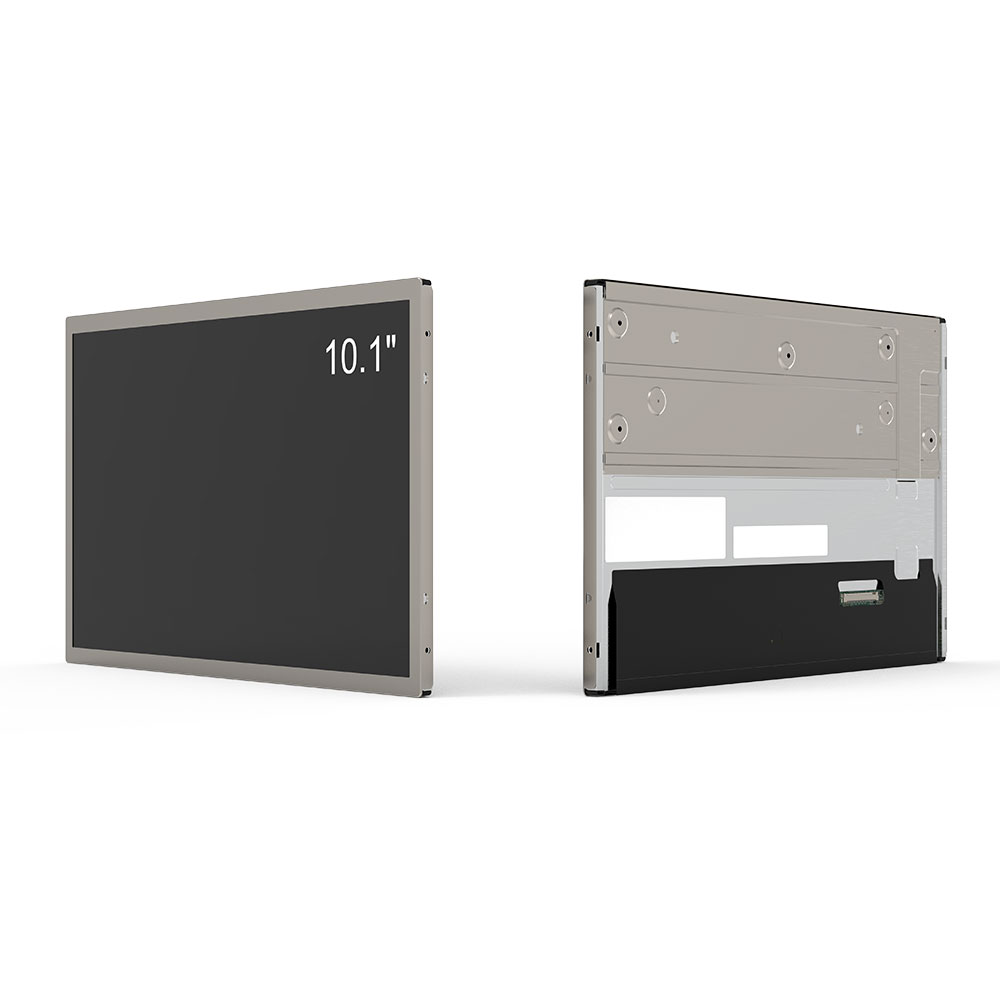
Privacy statement: Your privacy is very important to Us. Our company promises not to disclose your personal information to any external company without your explicit permission.
When designing outdoor LCD screens for commercial, industrial, or public use, selecting the correct display ratio is critical—not just for visual impact, but also for optimal performance in challenging environmental conditions. The most widely adopted aspect ratio in modern outdoor LCD displays remains 16:9, aligning with global video and content standards such as HD (1280x720), Full HD (1920x1080), and 4K UHD (3840x2160). This ratio ensures compatibility with broadcast media, digital signage software, and streaming platforms—making it ideal for retail, transportation hubs, stadiums, and advertising kiosks.
Outdoor LCD screen sizes vary dramatically—from compact 10.1-inch models used in portable signage units to massive 110-inch panels installed on building facades or event venues. Each size category has unique considerations:
- Small formats (10.1”–21.5”): Ideal for indoor-outdoor hybrid environments like cafes, gyms, or point-of-sale systems. These often feature ruggedized housings and sunlight-readable brightness levels of 5,000–7,000 nits.

- Mid-range (23.8”–43”): Common in digital signage for retail stores, airports, and corporate lobbies. At this scale, 16:9 remains the dominant choice due to its balance between resolution density and field of view.
- Large format (46”–75”): Used in high-traffic areas such as shopping malls, bus stops, and sports arenas. These screens must withstand UV exposure, temperature extremes (-30°C to +60°C), and humidity. Brightness typically exceeds 8,000 nits, with IP65-rated enclosures and fanless designs for reliability.
- Extra-large (86”–110”): Deployed in outdoor billboards, concerts, and city-wide information displays. Their 16:9 configuration ensures seamless integration with content management systems (CMS) and supports edge-blending for ultra-wide installations.
Industry standards from the Society of Motion Picture and Television Engineers (SMPTE) and the International Electrotechnical Commission (IEC) reinforce the importance of maintaining consistent aspect ratios across all outdoor display applications. For example, a 55-inch 16:9 screen provides 1920x1080 pixels—a resolution that matches common video content while minimizing pixelation under direct sunlight.
Moreover, manufacturers like LG, Samsung, and NEC now offer modular LED-backlit LCD solutions for large-format outdoor displays, allowing custom configurations without compromising the 16:9 standard. This scalability ensures that whether you're deploying a single 27-inch screen at a gas station or a 98-inch array in an open-air plaza, your message stays sharp, readable, and professionally aligned.
In conclusion, choosing a 16:9 display ratio across all outdoor LCD screen sizes—from 10.1 inches to 110 inches—ensures technical consistency, cost-effective content creation, and superior visibility in real-world lighting conditions. This universal standard is not just convenient—it’s essential for long-term performance, maintenance, and return on investment in any outdoor deployment scenario.
Email to this supplier

Privacy statement: Your privacy is very important to Us. Our company promises not to disclose your personal information to any external company without your explicit permission.